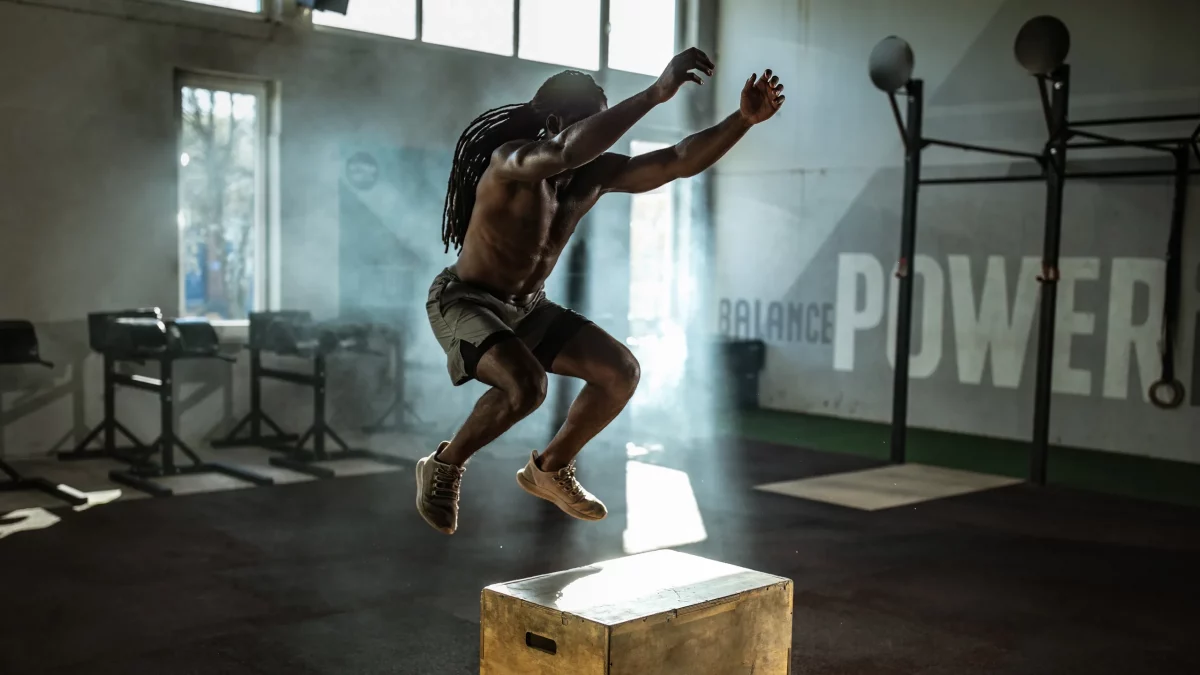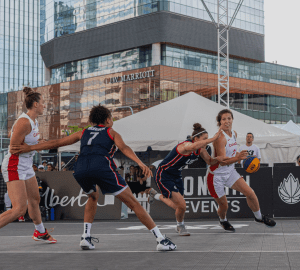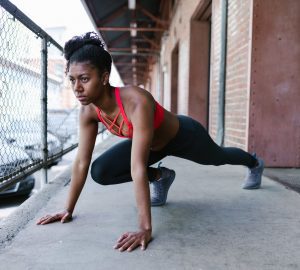First off let’s go over what plyometrics actually are. Plyometrics are workouts that require you to produce a maximum amount of force in the shortest time possible. Or in other words plyometrics are a powerful reaction to the ground or stable object that you create through specific movements.
Plyometrics were first popularized by Russian athletes and coaches who said that performing depth jumps will “stimulate maximum contraction capabilities, those above an athlete’s conscious will”. (Blakey and Southard 1987) Now what you might take from that quote is the word athlete, but plyometrics aren’t limited to just athletes they can be for anyone. Plyometrics can be a way to increase maximal force production abilities, or they can simply be a way to make exercise more fun.
Now if I haven’t convinced you yet to consider plyometrics, a study showed that a combined 8 week program of weight training AND plyometrics will increase dynamic leg strength and power (Blakey and Southard 1987). So that means if you’re already participating in any type of weight strength training, by adding plyometrics you may see even more improvement in your ability if you have reached plateaus with working out.
Now let me tell you about my own experience with it!
It all really started in my senior year of high school. I was working out everyday and seeing the gains not only physically, but it seemed like every time I stepped in the gym, I had to move the weight up even more. Here comes the but though. But than Christmas came around and I hit plateaus on all my lifts. I had lifted the most I ever had in my life with the deadlift, squat, and bench press. My initial thoughts weren’t only; “Yay I finally reached my lift goals”, they were also “Wow that was pretty impressive, now how do I train so I can lift even more?”. And that’s when plyometrics entered my life.
Now I had always seen the track team doing these jumping exercises and what seemed like to be running in one spot. But it wasn’t until my last semester of high school when a friend of mine who was on the track team held this after school “sprint training” session led by him and a teacher.
Now I will admit it wasn’t pretty when I first started. A few stumbles and tribulations here and there but one thing I realized was, “Wow this is pretty fun and it’s not as heavy as a barbell with plates on it”. So, I continued learning and trying different types of plyometric exercises and it seemed that each day I did them I just felt more coordinated with every movement I made. I just felt a little more in control.
As time went on and I graduated, I had stayed with training plyometrics and noticed that my plateaus from Christmas all had nearly doubled respectively. Now even though I had just turned 18 and my body was still adapting, I feel like I can attribute some of my gains from doing plyometric training.
At the end of the day if you are going for any sort of heavy or maximal lift, you need the necessary strength in addition to power. Because the equation for power is, Power=Force x Velocity. So, if you’re lifting a maximal load, you not only need the necessary force to lift the weight, but you also need to do it in a timely fashion so that you aren’t taking five seconds or more to do a single rep.
So that’s where plyometrics can play a role, whether you’re training to lift heavier on a day to day basis or want to improve general life/sport performance activities. Plyometrics can be a great way to attain those specific goals you have set out for yourself, or they can simply just be a way to incorporate some fun into your own workout plan.
BIO
My name is Jerremy Miller and I’m 20 years old. I’m a second year NAIT student in the Personal Fitness Trainer Program as of September 2021. I’m an aspiring exercise professional and sports enthusiast looking to make positive change in the world.








